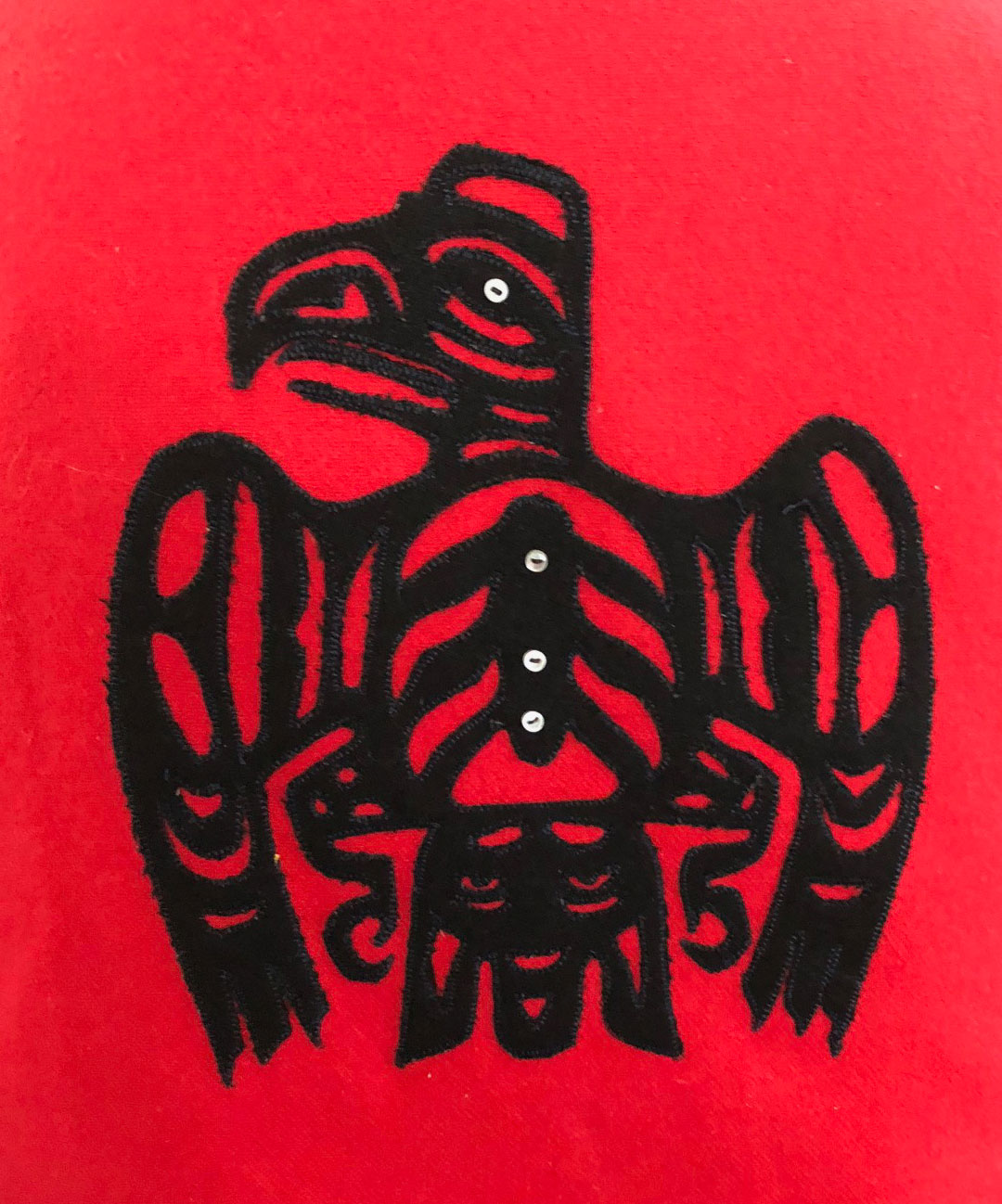By Morf Morford
Tacoma Daily Index
One of the first slogans that identified and characterized the pioneering and bustling city of Tacoma was “Rails to sails.”
Our fair city was defined from the very beginning as a place of movement and transport.
The “sails” connected us to Asia and the Pacific, while the “rails” connected us to the North America and the Atlantic.
But it was a place of (literally) fluid movement long before the likes of Job Carr landed in his canoe in what is now Old Town in 1865.
The waterways of what we now call Puget Sound were the primary proto-freeways of the native peoples for millennia.
Traveling by land, before paved – or even dirt streets – was messy, awkward and dangerous – and usually far less direct. Most communities were shore or water based so transport by water made vastly more sense than land travel.
Water travel, again for millennia, meant human-muscle powered. Oars, not sails, for a variety of reasons, were the primary means of moving through our waters. Most canoes were single-piece hollowed out cedar logs.
In general, traditional Northwest Coast economies were oriented toward aquatic resources of all kinds – but salmon in particular, its range and rituals, best represented the culture, values and overall health of the community that stretched from the offshore islands from Yakutat Bay, in the northeastern Gulf of Alaska, south to Cape Mendocino, in present-day California. (1*)
Like us still, the native people were defined by the water on the west and mountains on the east.


Stefan Freelan, WWU, 2009
The region’s coastal forests—dense and predominantly coniferous, with spruces, Douglas fir, hemlock, red and yellow cedar, and, in the south, (currently known as Oregon and Northern California) coast redwood—supported abundant fauna and a wide variety of wild plants used as food, clothing or medicine.
These forests and the abundant sea were the ever present tool kit, resource and supply chain for every form of life in the area.
“99% of human existence has been nonindustrial, nonmajor agriculture, it’s been hunting, gathering & agroecology.” – Dennis Martinez
If you are intrigued by, or have questions about how Native people lived here in a time before electricity, steel and grocery stores, you are in luck.
Be sure to go to the Makah Museum (https://makahmuseum.com/) on the far northwest corner of Washington’s coast – “The beginning of the world.”
“The Makah Museum, also known as the Makah Cultural and Research Center, houses and interprets artifacts from the Ozette Archeological Site, a Makah village partly buried by a mudslide 300-500 years ago and discovered in 1970. The museum provides a glimpse of pre-contact Makah life. The exhibits feature 500 artifacts including whaling and fishing gear, basketry and replicas of a full size long house and canoes.” – Makah Museum website
The Makah Museum shows many artifacts from pre-white contact. These are authentic, hand-made tools and everyday products. By luck, at least for us, this settlement was buried in a mud slide at Ozette where every object, including those normally highly perishable, like reed-work, has been preserved.


If you are interested in how these astoundingly intricate works were prepared, made or used, you can have a representative from the museum demonstrate Makah basketry or carving or have a talk related to traditional Makah storytelling, Makah fisheries management (the Makah are the only US tribe with a guarantee to the right to hunt whales (more details here – http://www.historylink.org/File/5301) tribal and local history, and Makah tribal government among other topics of interest.
There are other museums across Washington with an emphasis on Native history and culture. You can see a list and short description here – https://goia.wa.gov/tribal-directory/washington-state-tribal-museums.
And if you think that the native traditions and ties to the sea are long ago and far away, think again. Each year (since 1989) the coastal tribes have gathered as they had done for centuries. You can learn more about (or join) these gatherings here – http://paddletopuyallup.org/index.php.
You can get a sense of Native experiences and challenges from across North America from any of eight documentaries originally broadcast on PBS here – http://www.pbs.org/independentlens/blog/eight-native-american-documentaries/.
And for an evocative photo essay on Native people, I highly recommend this series of photos of tribal people across our land – https://www.globalonenessproject.org/library/photo-essays/we-are-still-here#photo=1.
(1*) You can see various maps and photos of Native peoples here – https://www.britannica.com/topic/Northwest-Coast-Indian/media/420049/325.








